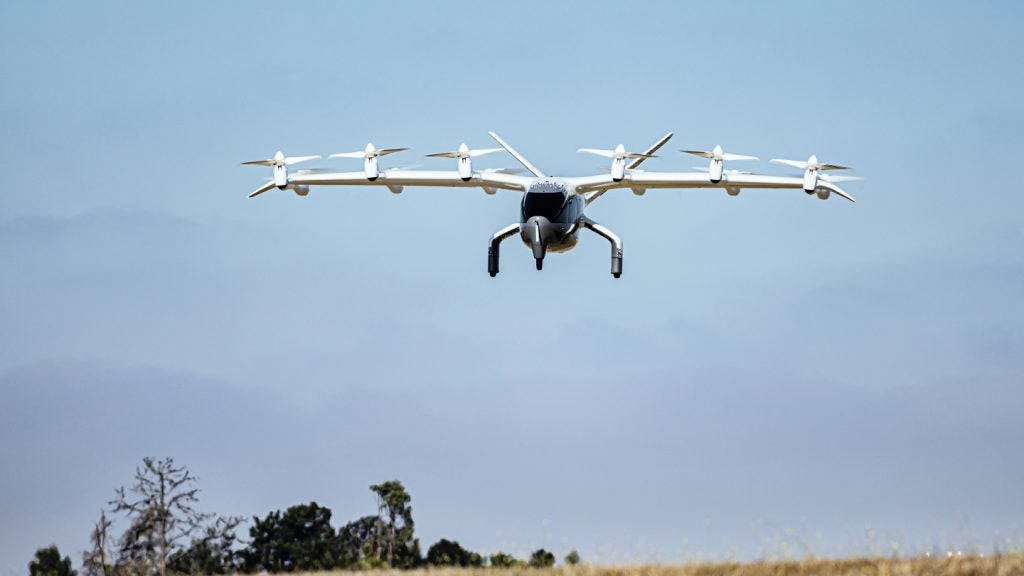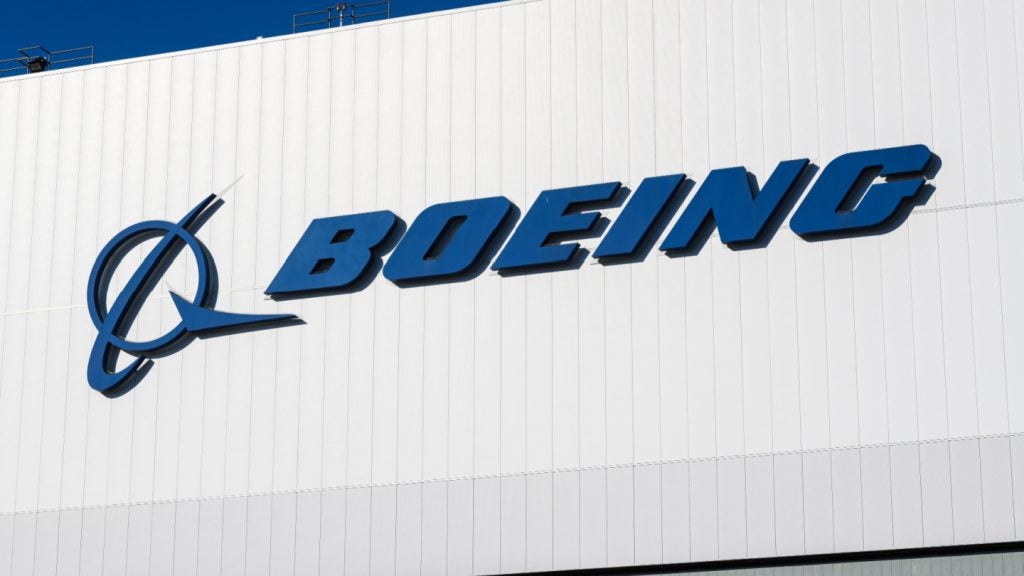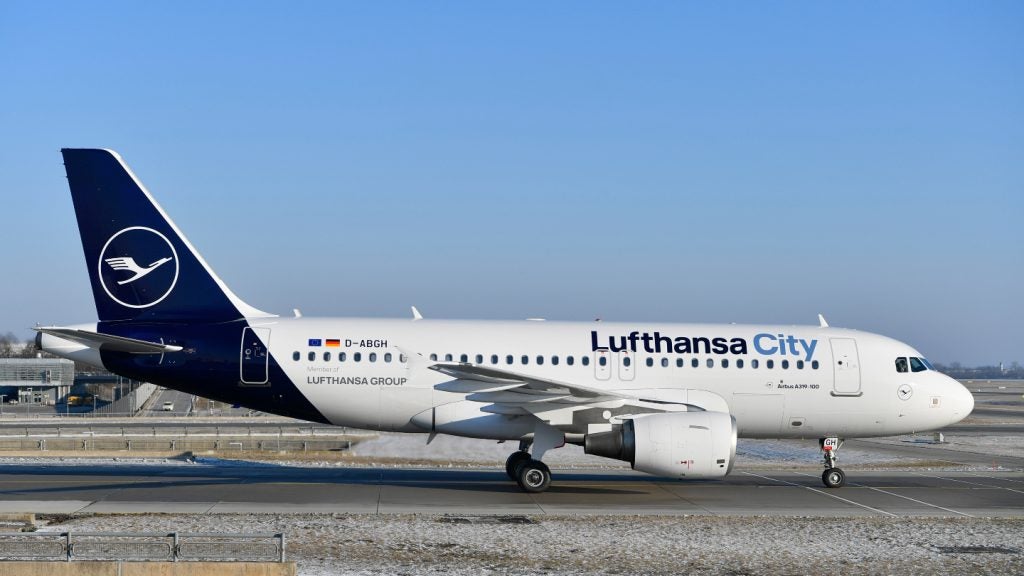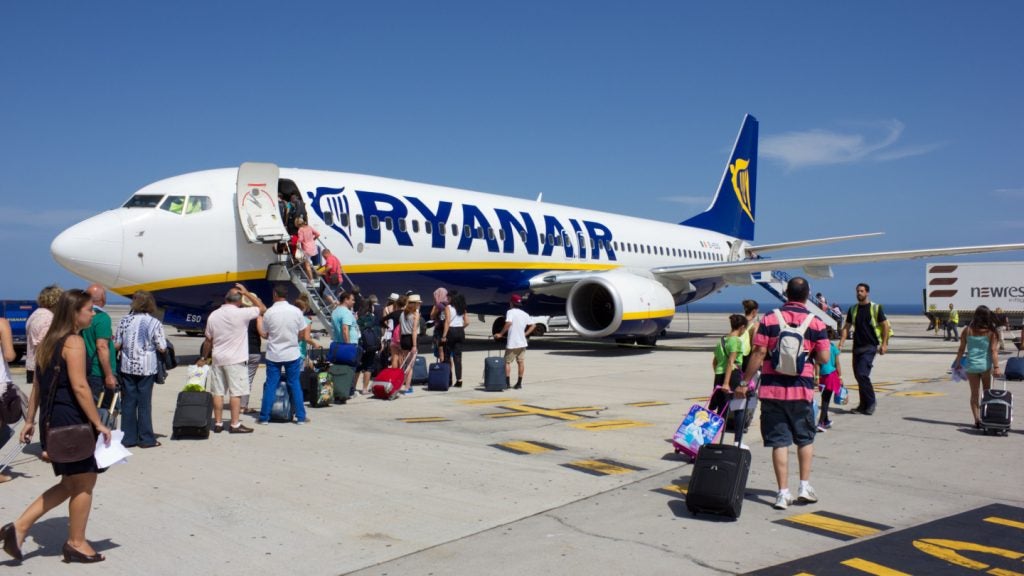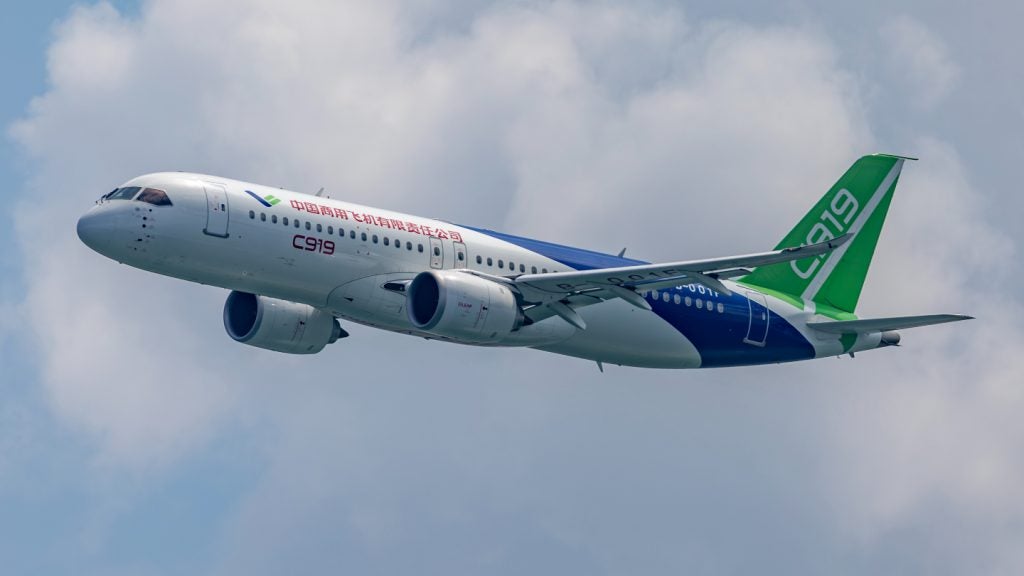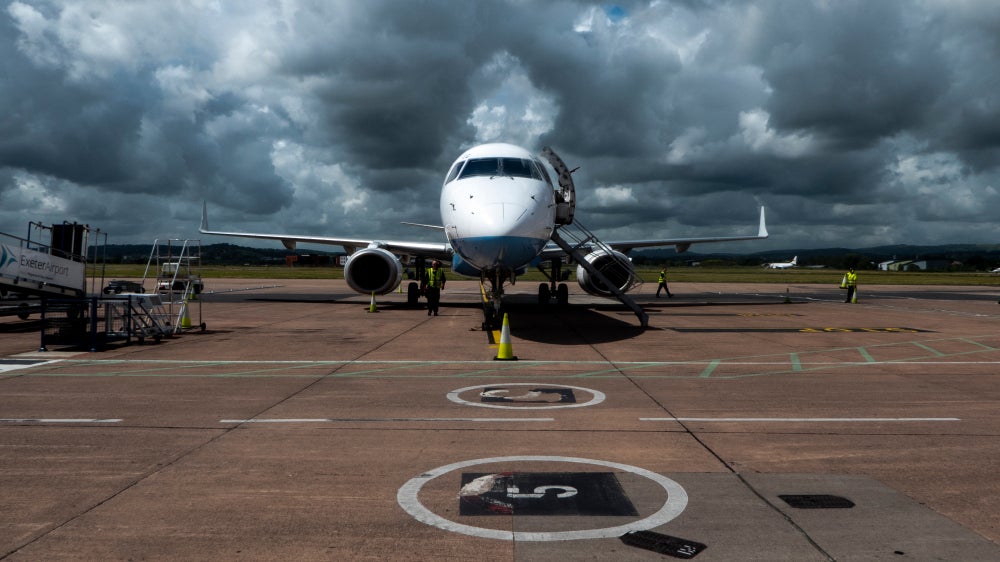Archer Aviation, one of the leading electric vertical takeoff and landing (eVTOL) aircraft manufacturers, has recorded a net loss of $457.9m for FY2023 in its annual earnings report. It also revealed its Midnight aircraft was in the final phase of its certification programme.
The California-based company is one of many eVTOL manufacturers, but one of the few actively working towards certification of its first aircraft, with the construction of three models of the Midnight vehicle underway that will conform to the intended design for Federal Aviation Administration approval.
CEO Adam Goldstein celebrated the news of the Midnight’s final phase: “With the vast majority of the aircraft’s subsystems and components being sourced from leading aerospace suppliers with certification heritage we have a significantly de-risked path to certification from here.
“2024 will be all about building conforming Midnight aircraft to be used in piloted for credit testing with the FAA and completing the build out, alongside Stellantis, of our volume manufacturing facility in Georgia.”
The company's annual earnings reported an increase in Q4 operating expenses of $108.1m, up from $46.2m in Q3, and said it expected this increase to continue into H1 2024, with expenses projected to reach between $100m and $120m in Q1, including $25m in stock-based compensation.
Despite recording a notable net loss, Archer also highlighted its “strong liquidity position” of around $625m at the end of Q4 2023, declaring that its cash balances were increasing quarter on quarter.
The company is hoping to see a strong boost to its finances when able to produce and deliver Midnight aircraft at a commercial level, with an indicative order book of up to 700 aircraft, worth $3.5bn across three orders from United Airlines in the US, Interglobe in India, and Air Chateau in the United Arab Emirates.
Archer’s progress with its Midnight aircraft testing, which saw the first full-scale test in October 2023, is expected to continue into 2024 with the programme expected to complete 400 tests, bolstered by a recent partnership with NASA to study high-performance battery cells for the AAM and space industries.


